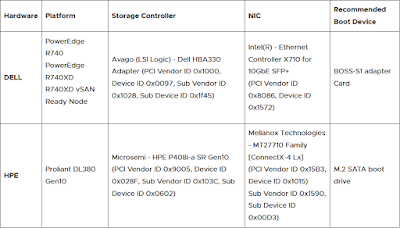Cluster Remediation settings: Suspend to memory
One of the newest features in vSphere 7.0 U2 is "Suspend to memory (STM) " which is very useful during maintenance operations and can cause update operation is done so much faster while using vSphere Lifecycle Manager (vLCM) especially when you need a lot of time to move the virtual machines to another host, or if there is not enough space for migrating them. Because generally in many cases of upgrading ESXi hosts, you will encounter these two bottlenecks: time duration for temporary migration and not-enough computing resources on destination.
So STM can be helpful in a similar situation, however, you should know this feature have some restrictions, like requiring to enable the "Quick Boot" feature. If you need to know more about the limitation, requirements, and best practices of this feature, please check the following link:
https://kb.vmware.com/s/article/81555
However there is a lot of restriction in hardware support for STM, and based on KB82558 only a few server models can handle this (In date of writing this post): HPE Proliant DL380 G10 and DELL PowerEdge R740 family.
Also, Niels Hagoort wrote a brief about the STM feature in the VMware blog:
https://core.vmware.com/blog/make-esxi-upgrades-faster-suspend-memory



Comments
Post a Comment